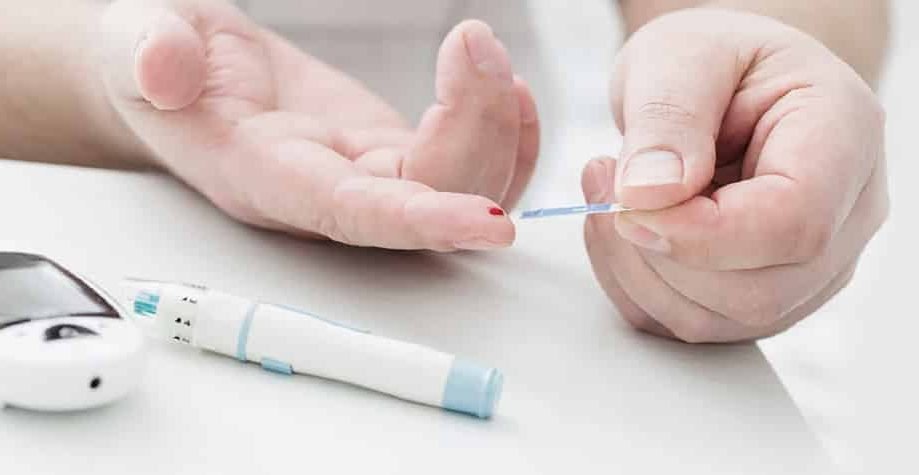Insulin prescriptions are the most common form of treatment when your blood sugar levels get abnormally high. But how to respond to this situation without insulin?
When blood sugar levels increase too high, it’s called hyperglycemia. Its symptoms include the following:
- Stomach pain
- Nausea
- Vomiting
- Shortness of breath
- Ketones in urine
- Dizziness
How to lower blood sugar quickly when you do not have insulin
The following are emergency treatments if severe hyperglycemia occurs, especially in the absence of insulin.
- Rehydration through fluid replacement – It follows a procedure where you will receive fluids through your veins intravenously. This fluid will replace what you have lost after excessive urination due to high blood sugar levels.
- Insulin therapy – One of the effects of hyperglycemia is the development of ketones in your blood. An insulin therapy reverses this process in combination with the use of electrolytes and fluid for better blood glucose stabilization.
- Receiving electrolytes – Electrolytes are essential minerals that the body needs to have its tissues work properly. However, the absence of insulin can reduce the number of electrolytes in the blood. You should receive these minerals through your vein and help in the production of insulin to stabilize your blood sugar levels.
When should you take this emergency treatment?
After a diagnosis, your healthcare professional determines your ideal blood glucose range. The following is a recommendation from the American Diabetes Association (ADA) that people with diabetes can consider and follow:
- In intervals of 80 and 130 mg/dL before eating
- Less than 180 mg/dL approximately two hours before eating
Below is a blood sugar chart containing the general guideline for blood glucose range. This chart will also help you identify if the emergency treatment above is necessary.
Blood sugar and what you need to know
- 70 mg/dL or lesser – Low blood sugar (hypoglycemia). Take foods with a fast-acting source of sugar.
- 80-130 mg/dL – Suitable range before eating a meal.
- 180 mg/dL or lesser – Suitable range 1-2 hours before eating a meal.
- 240 mg/dL or higher – High blood sugar (hyperglycemia). Check your urine for ketones. If ketones are present, call your healthcare professional for immediate treatment.
How to prevent Hypoglycemia or sudden rise in blood sugar?
If there is no means for you to check your blood sugar levels, the listed symptoms above will help you identify if you are experiencing hyperglycemia. However, it is essential to be ready than wait for symptoms to appear. Always have a monitoring device that will help you check your blood sugar levels daily. This device will also help you adjust or plan your meals, ensuring that your blood glucose remains normal and stable. These small adjustments in your daily routine can prevent Hypoglycemia naturally.
- Exercise – Exercising is one effective way to lower blood sugar levels. The physical activity enables insulin sensitivity, which causes the pancreas or liver to produce more insulin for the body. This process delivers enough insulin to balance the levels of blood sugar. Exercising regularly also inhibits the onset of type 2 diabetes.
- Stick to your meal plan – If you have been experiencing frequent episodes of high blood sugar, avoid sugary beverages or high-carb foods. Stick to your meal plan by eating only in smaller portions and with more fiber on the plate.
- Follow your insulin and other medication routines – Always follow your insulin prescription. Usually, your healthcare professional will recommend insulin medications daily. Do not skip your daily dose to avoid ineffective treatment. Stick to your treatment plan to ensure your blood sugar levels are at an average level.
The key to preventing hyperglycemia is daily blood glucose monitoring. Keep a tab of blood glucose levels every day. Doing so will help you have better glycemic control and prevent unexpected diabetes attacks. Doctors always encourage you to keep a few fast-acting insulins in your stock for emergencies like this.


